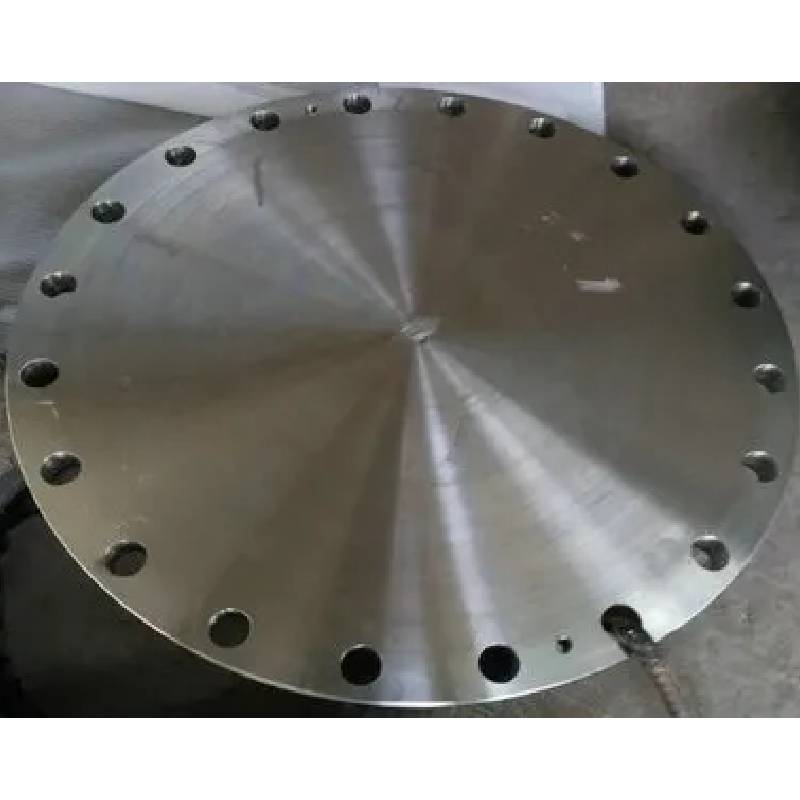-
Cangzhou Yulong Steel Co., Ltd.
-
Phone:
+86 13303177267 -
Email:
admin@ylsteelfittings.com
- English
- Arabic
- Italian
- Spanish
- Portuguese
- German
- kazakh
- Persian
- Greek
- French
- Russian
- Polish
- Thai
- Indonesian
- Vietnamese
- Zulu
- Korean
- Uzbek
- Hindi
- Serbian
- Malay
- Ukrainian
- Gujarati
- Haitian Creole
- hausa
- hawaiian
- Hebrew
- Miao
- Hungarian
- Icelandic
- igbo
- irish
- Japanese
- Javanese
- Kannada
- Khmer
- Rwandese
- Afrikaans
- Albanian
- Amharic
- Armenian
- Azerbaijani
- Basque
- Belarusian
- Bengali
- Bosnian
- Bulgarian
- Catalan
- Cebuano
- China
- China (Taiwan)
- Corsican
- Croatian
- Czech
- Danish
- Esperanto
- Estonian
- Finnish
- Frisian
- Galician
- Georgian
- Kurdish
- Kyrgyz
- Lao
- Latin
- Latvian
- Lithuanian
- Luxembourgish
- Macedonian
- Malgashi
- Malayalam
- Maltese
- Maori
- Marathi
- Mongolian
- Myanmar
- Nepali
- Norwegian
- Norwegian
- Occitan
- Pashto
- Dutch
- Punjabi
- Romanian
- Samoan
- Scottish Gaelic
- Sesotho
- Shona
- Sindhi
- Sinhala
- Slovak
- Slovenian
- Somali
- Sundanese
- Swahili
- Swedish
- Tagalog
- Tajik
- Tamil
- Tatar
- Telugu
- Turkish
- Turkmen
- Urdu
- Uighur
- Welsh
- Bantu
- Yiddish
- Yoruba

Авг . 21, 2024 22:47 Back to list
Types of Blind Flanges and Their Applications in Various Industries
An Overview of Blind Flange Types
Blind flanges are essential components in piping systems that play a crucial role in sealing off the ends of pipes and equipment. They are often used in various industries, including oil and gas, water treatment, and chemical processing. Understanding the different types of blind flanges is important for engineers and industry professionals to ensure the right choice for specific applications. This article explores the types of blind flanges, their features, and their applications.
What is a Blind Flange?
A blind flange is a solid disk that is used to close the end of a piping system. Unlike other flange types, such as threaded or welded, a blind flange does not have a bore. This allows it to effectively seal off the pipeline, preventing the flow of fluids or gases. Blind flanges are available in various materials, including carbon steel, stainless steel, and aluminum, making them suitable for a wide range of environments.
Types of Blind Flanges
Blind flanges can be categorized based on several factors, including design, material, and manufacturing method
. The most common types include1. Standard Blind Flange This is the most widely used type of blind flange. It is designed to meet specific standards such as ANSI, ASME, or API. Standard blind flanges are typically made from carbon steel or stainless steel and are available in various pressure ratings.
2. Spectacle Blind Flange This type consists of a solid plate (the blind) linked with a smaller, circular plate (the spacer). It allows for easy removal and reinstallation, making it popular in maintenance scenarios. The spectacle blind can be rotated to either block the flow or allow it, providing flexibility in pipeline management.
blind flange types

3. Blind Flange with External Reinforcement This type has additional reinforcement on the outer edges. The extra material improves the flange's ability to withstand higher pressure and temperature conditions. Such flanges are often used in high-stress environments like petrochemical facilities.
4. Raised Face and Flat Face Blind Flanges Blind flanges can also differ in the type of face they have. Raised face flanges are designed with a prominent central portion that provides a better seal when gaskets are used. Flat face blind flanges, on the other hand, provide a flat sealing surface, which is often used in low-pressure applications.
5. Custom-Made Blind Flanges For specialized applications, custom-made blind flanges can be fabricated. These are tailored to specific requirements in terms of size, shape, and material, ensuring compatibility with unique system specifications.
Applications of Blind Flanges
Blind flanges serve a variety of functions in industrial systems
- Isolation They help isolate sections of a pipeline for maintenance, repair, or testing without the need for a complete system shutdown. - Sealing They provide a tight seal that prevents leaks, ensuring safety and efficiency in operations. - Pressure Management Blind flanges can handle high-pressure systems, providing a robust closure that prevents burst risks.
Conclusion
In conclusion, blind flanges are pivotal in various piping systems, ensuring safe and efficient operation across numerous industries. Understanding the different types of blind flanges—standard, spectacle, reinforced, and custom-made—is crucial for selecting the right one for specific applications. Proper choice and application of blind flanges help maintain integrity within piping systems, ensuring longevity and reliability in operations. As industries continue to evolve, knowledge of blind flange types will remain essential for engineers and technicians aiming to optimize their systems.
Latest news
-
ANSI 150P SS304 SO FLANGE
NewsFeb.14,2025
-
ASTM A333GR6 STEEL PIPE
NewsJan.20,2025
-
ANSI B16.5 WELDING NECK FLANGE
NewsJan.15,2026
-
ANSI B16.5 SLIP-ON FLANGE
NewsApr.19,2024
-
SABS 1123 FLANGE
NewsJan.15,2025
-
DIN86044 PLATE FLANGE
NewsApr.19,2024
-
DIN2527 BLIND FLANGE
NewsApr.12,2024
-
JIS B2311 Butt-Welding Fittings LR/SR 45°/90° /180°Seamless/Weld
NewsApr.23,2024











